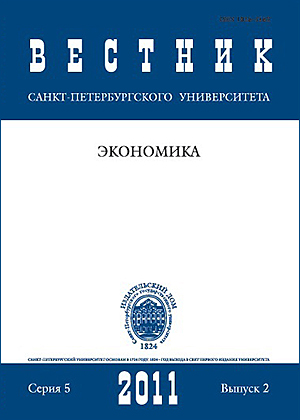Cause-effect Models in the Strategic Planning
Abstract
In the article, some actual problems of development and application of cause- effect models in the strategic planning are examined.
Classification of strategic ruptures of the first, second and third kinds in the development of social and economic systems as their most dangerous phases is offered, the causes of their occurrence are shown. It is proved that the main causes of the development ruptures are strategic faults in the sphere of cause-effect models. A new classification of the cause-effect models of strategic planning is given. A number of basic models are examined and some conceptual errors of typical cause-effect model (Ishikawa model) are considered by the generalized example of a company modernization. Typical errors of the strategic planning are shown. Necessity for application of systemic interaction
of causes and effects (results) model is proved. A number of new principles of construction of logically consistent causes and effects complex are formulated.
Keywords:
cause-effect models, strategic planning, development ruptures, Ishikawa model, modernization, typical errors of strategic planning, principles of construction of causes and effects complex
Downloads
References
References in Latin Alphabet
Sales Performance Consultants, Inc. First of Seven Quality Tools: How to Use a Causeand-Effect Fishbone (Ishikawa) Diagram in Sales andMarketing / byM. J.Webb, R. Ferguson. URL: http://www.salesperformance.com/Documents/Cause-and-Effect-Diagram.final.pdf (дата обращения: 28.01.2011).
Translation of references in Russian into English
Downloads
Published
How to Cite
Issue
Section
License
Articles of the St Petersburg University Journal of Economic Studies are open access distributed under the terms of the License Agreement with Saint Petersburg State University, which permits to the authors unrestricted distribution and self-archiving free of charge.






